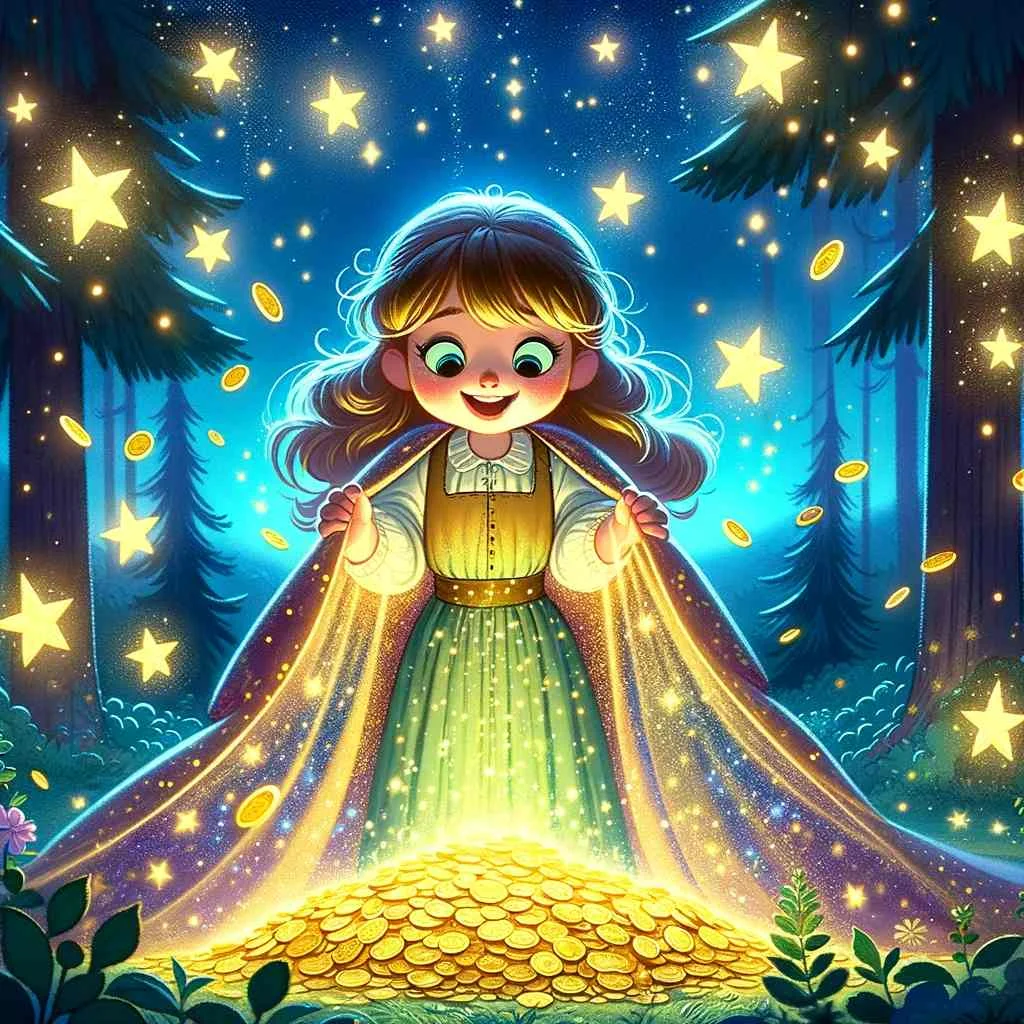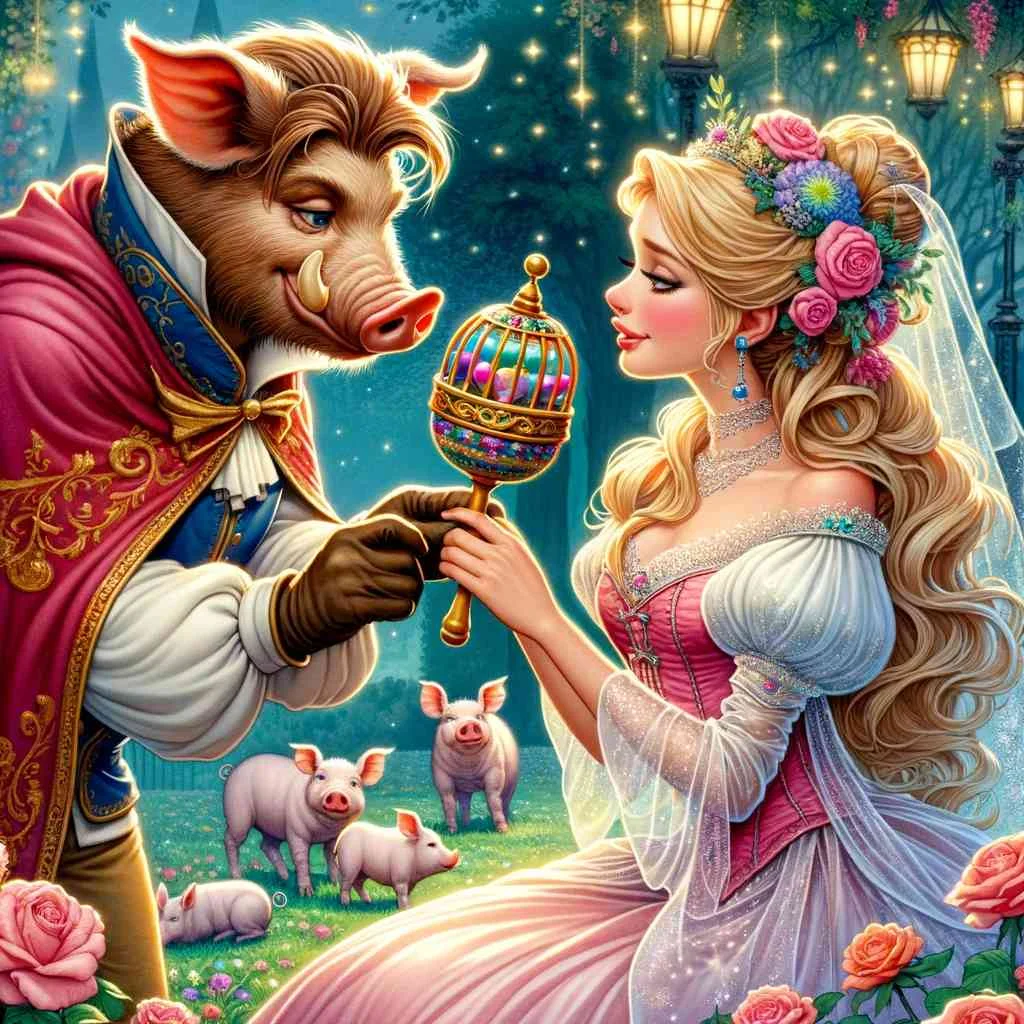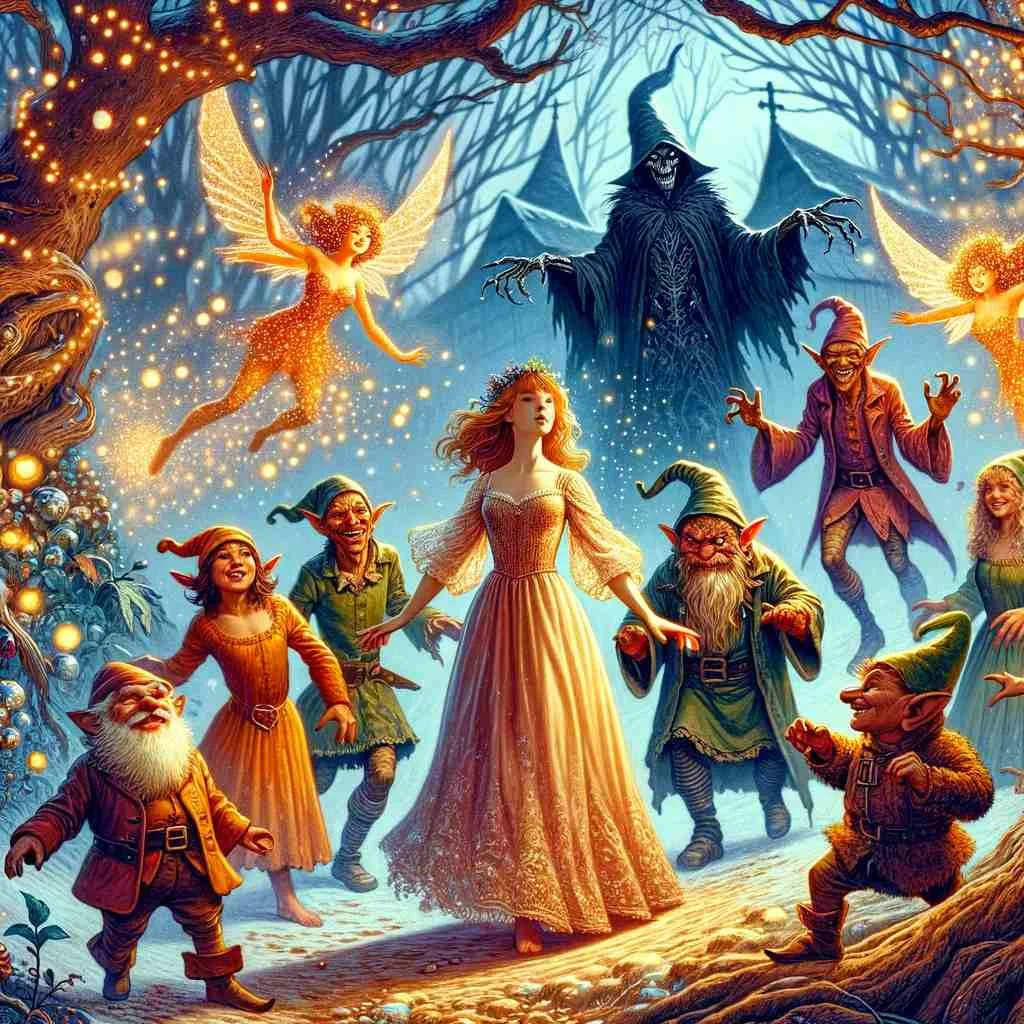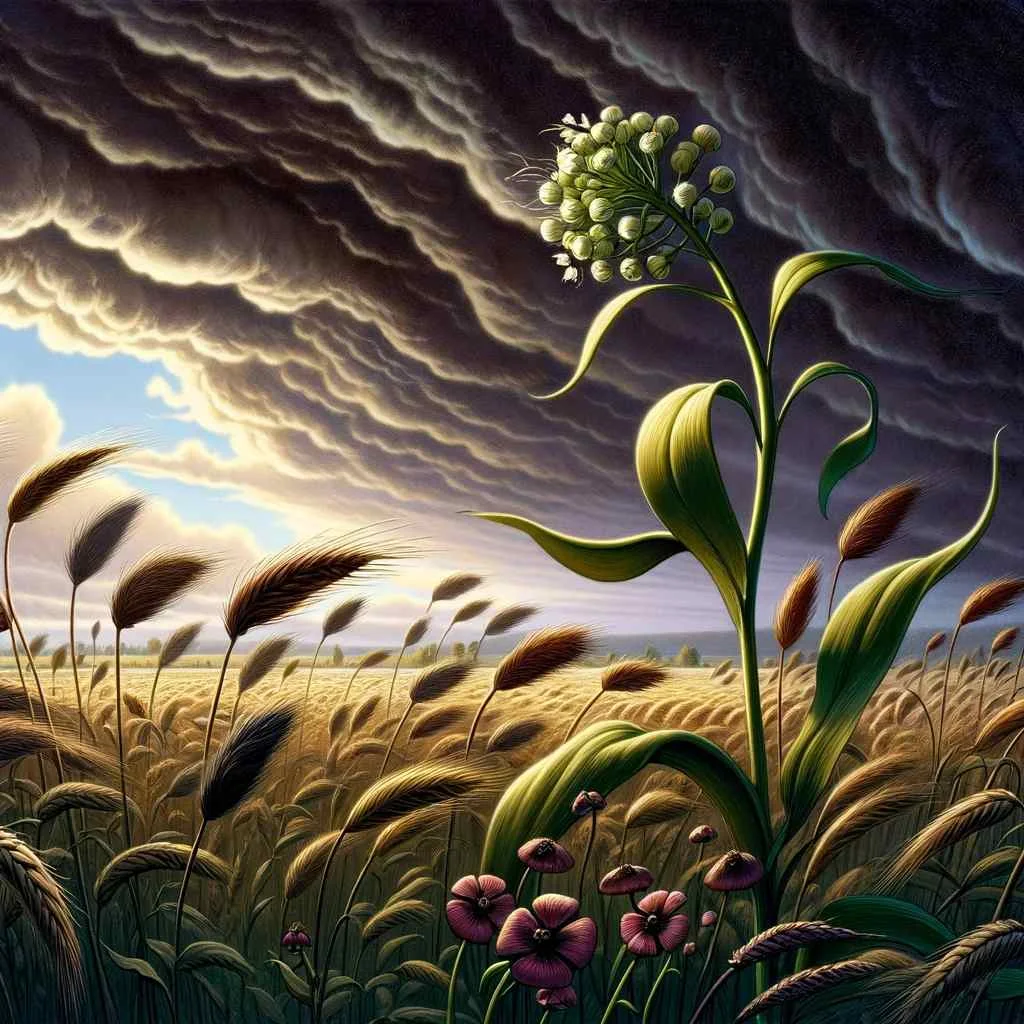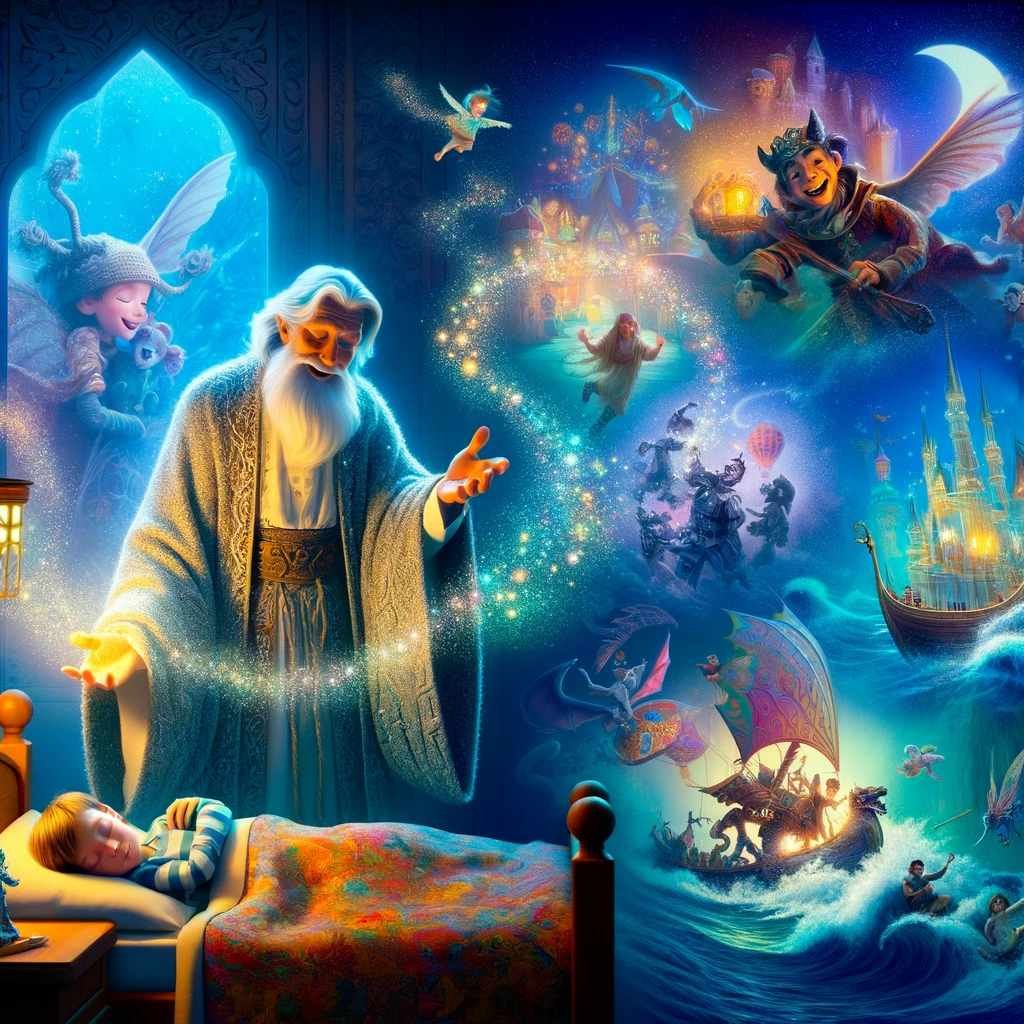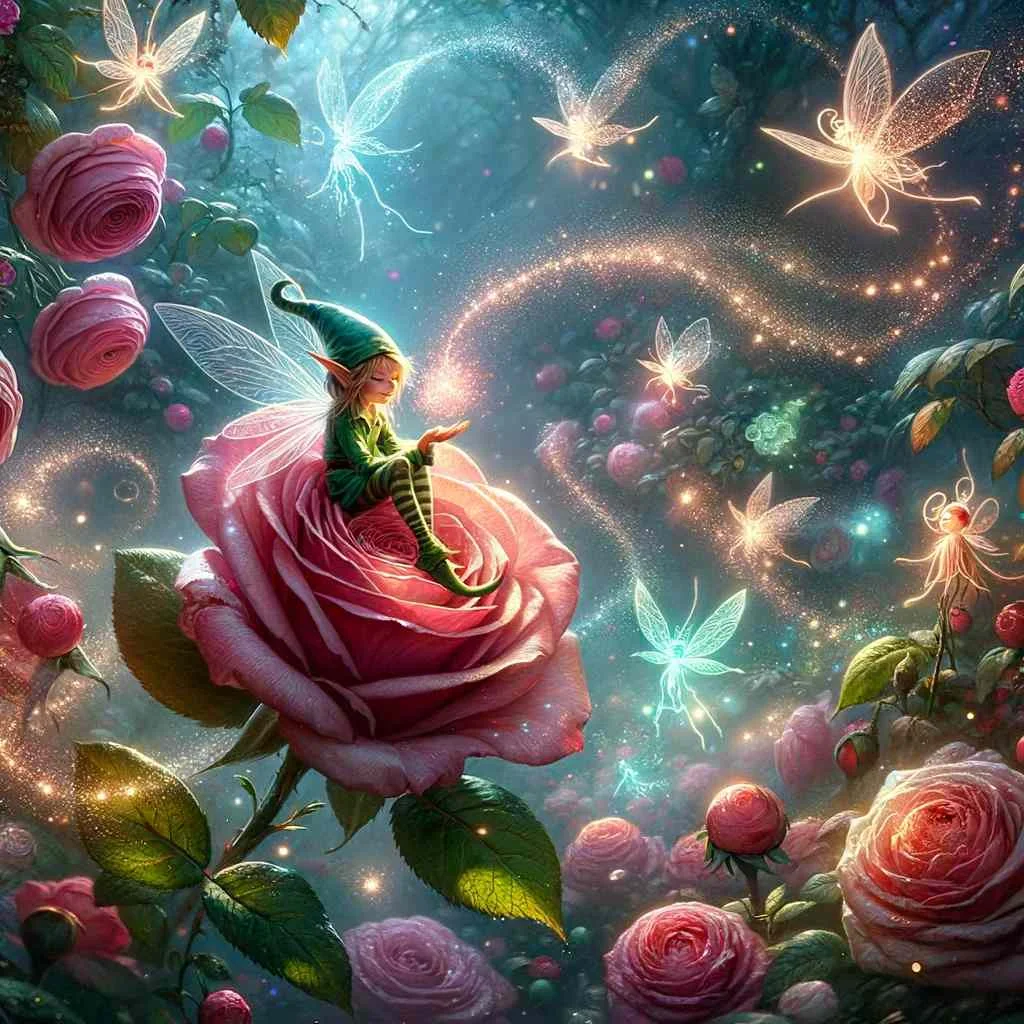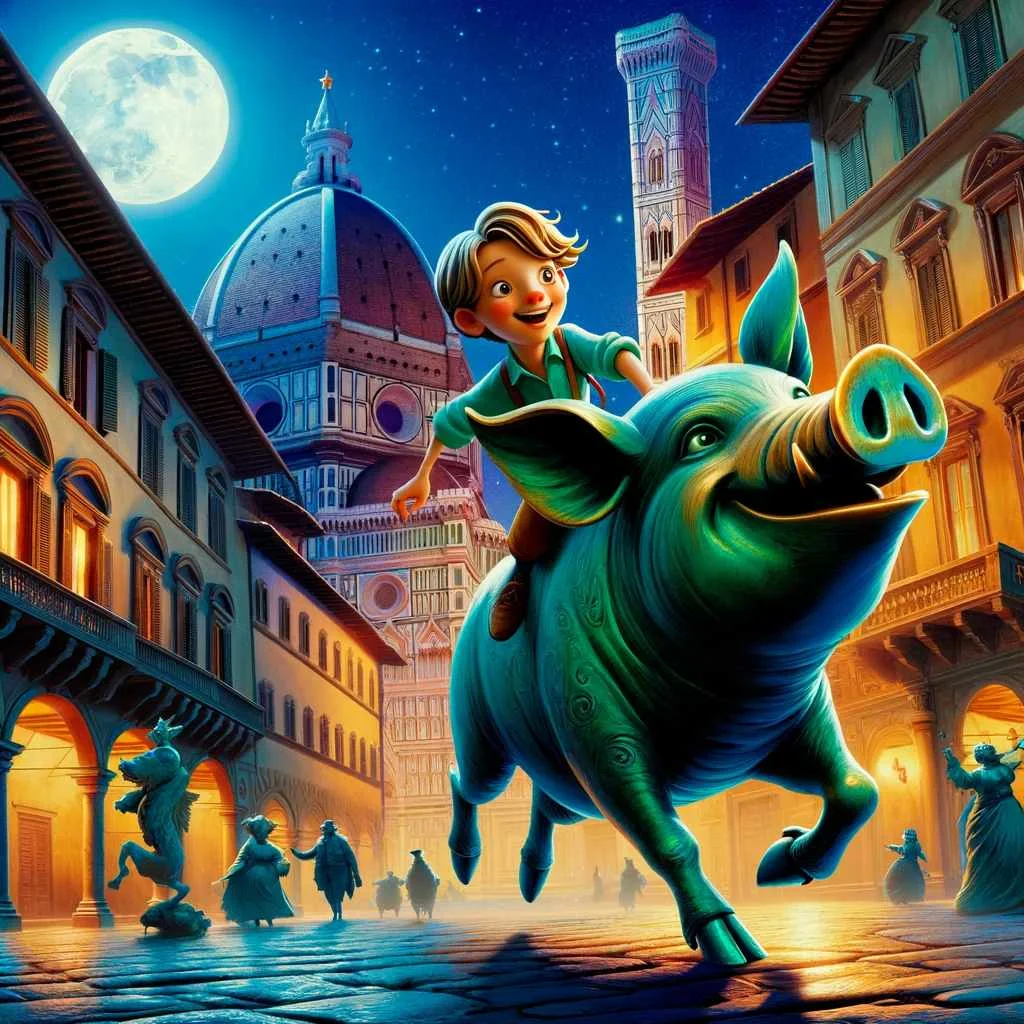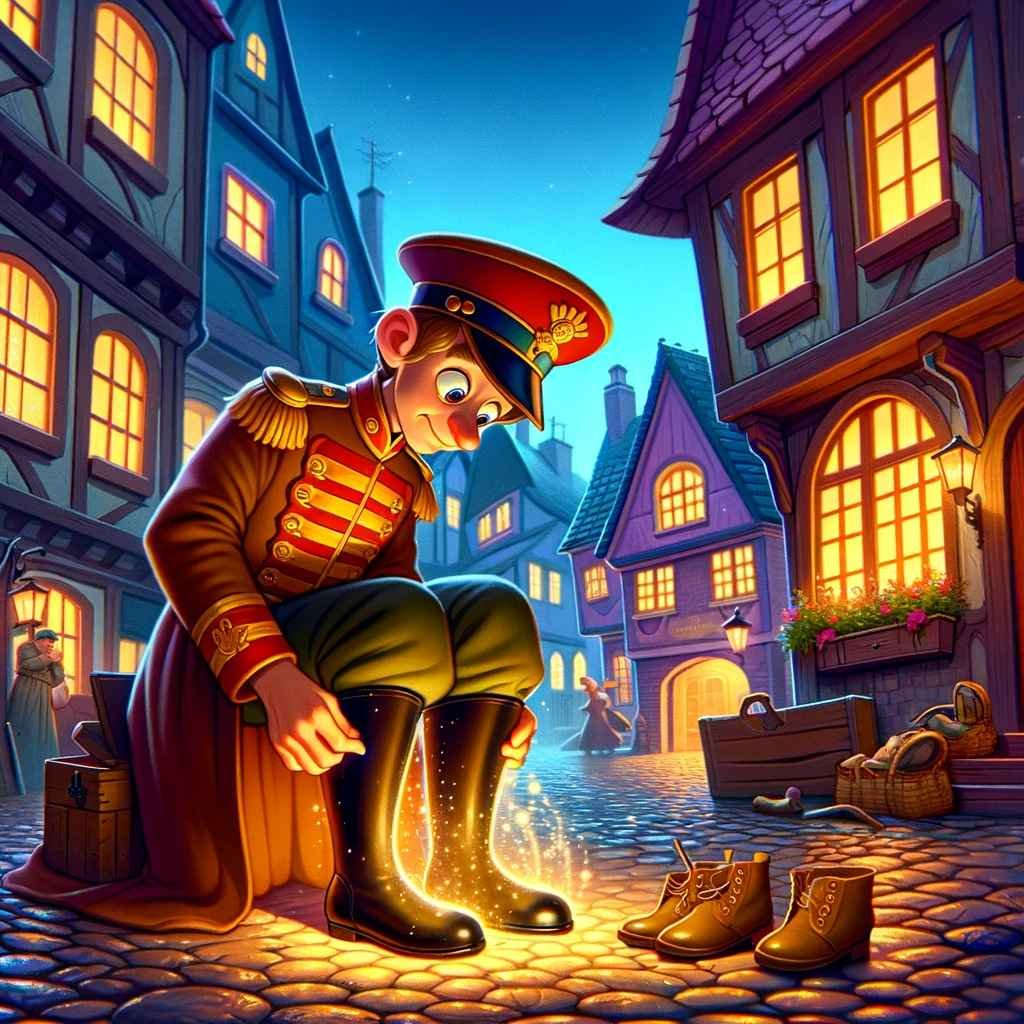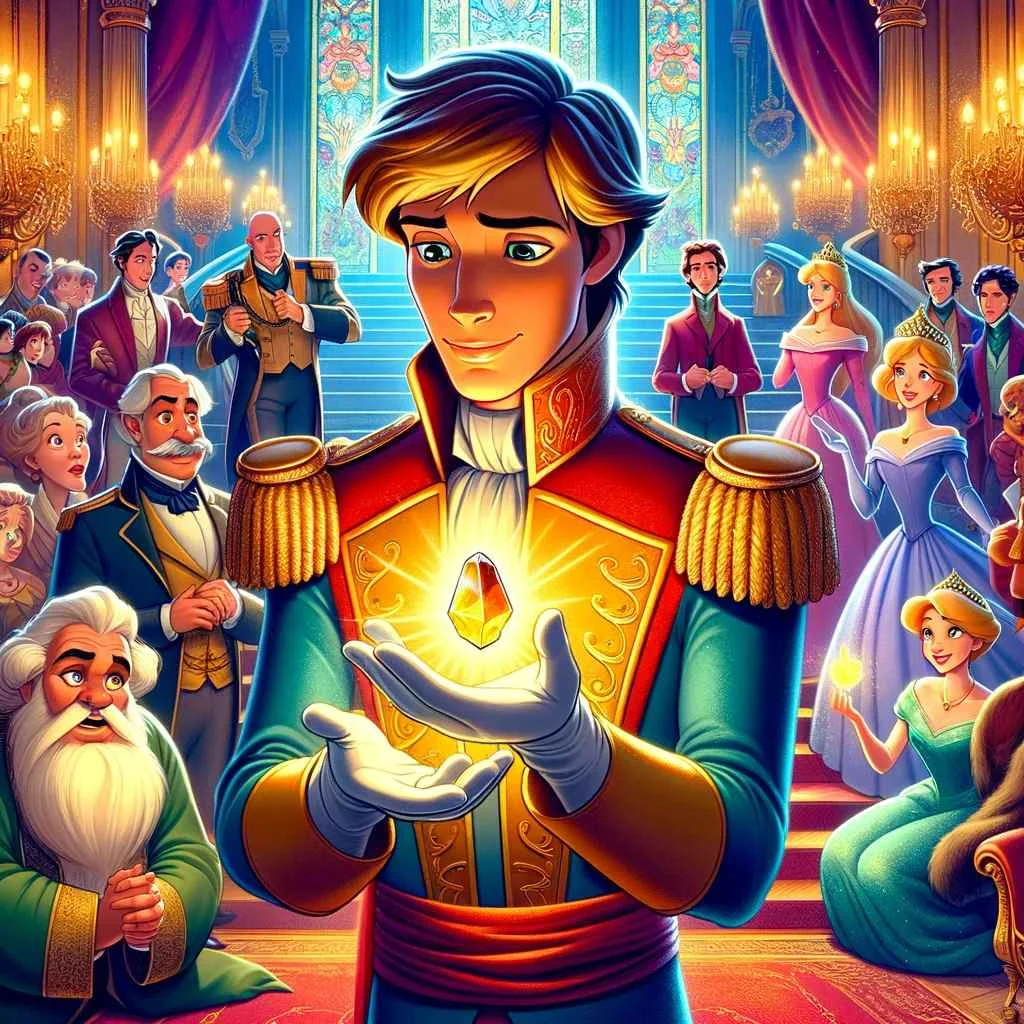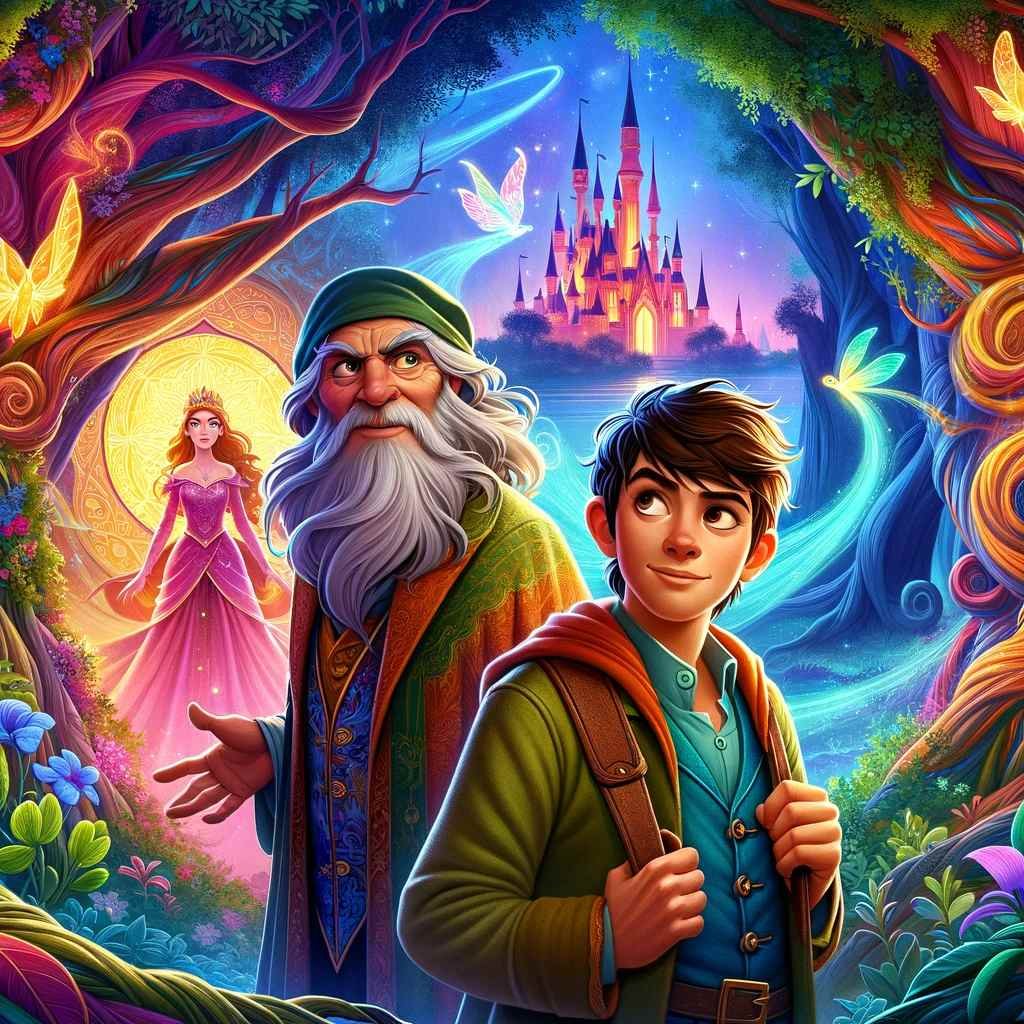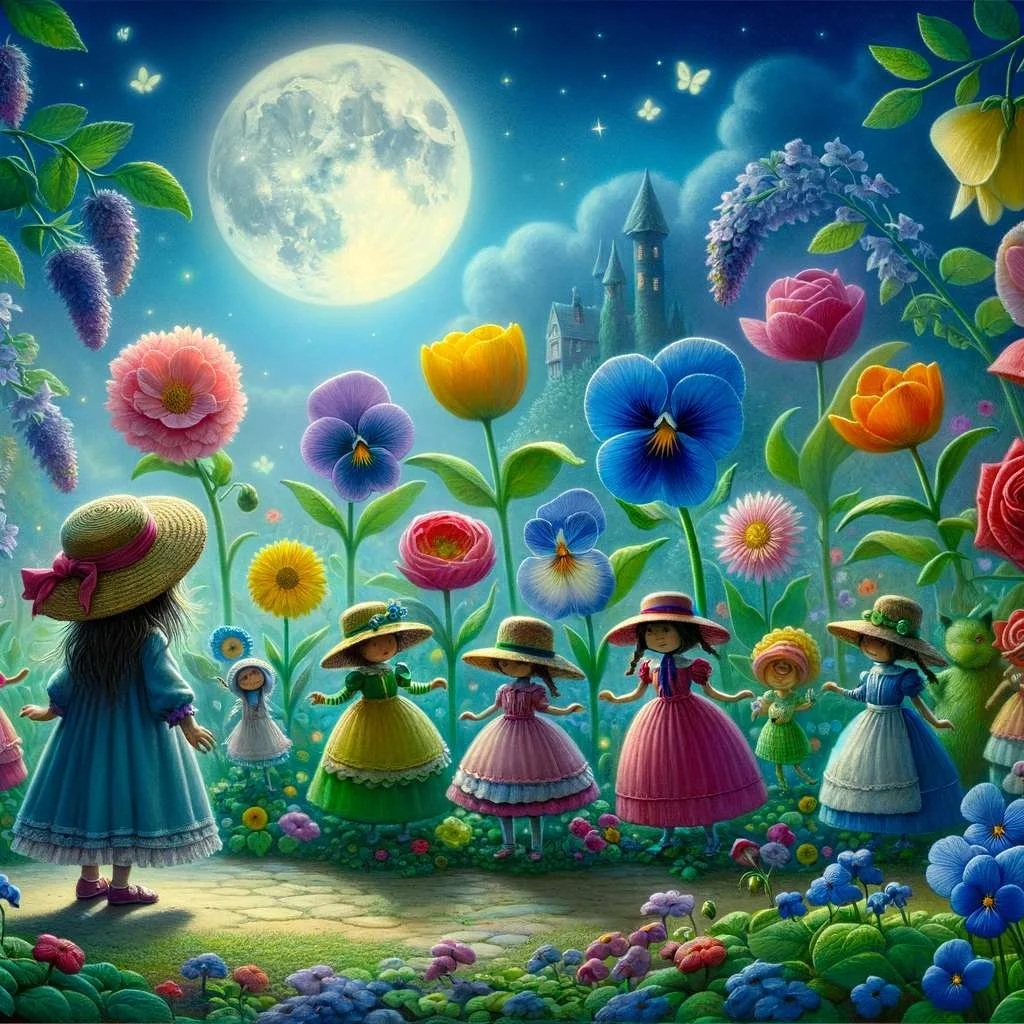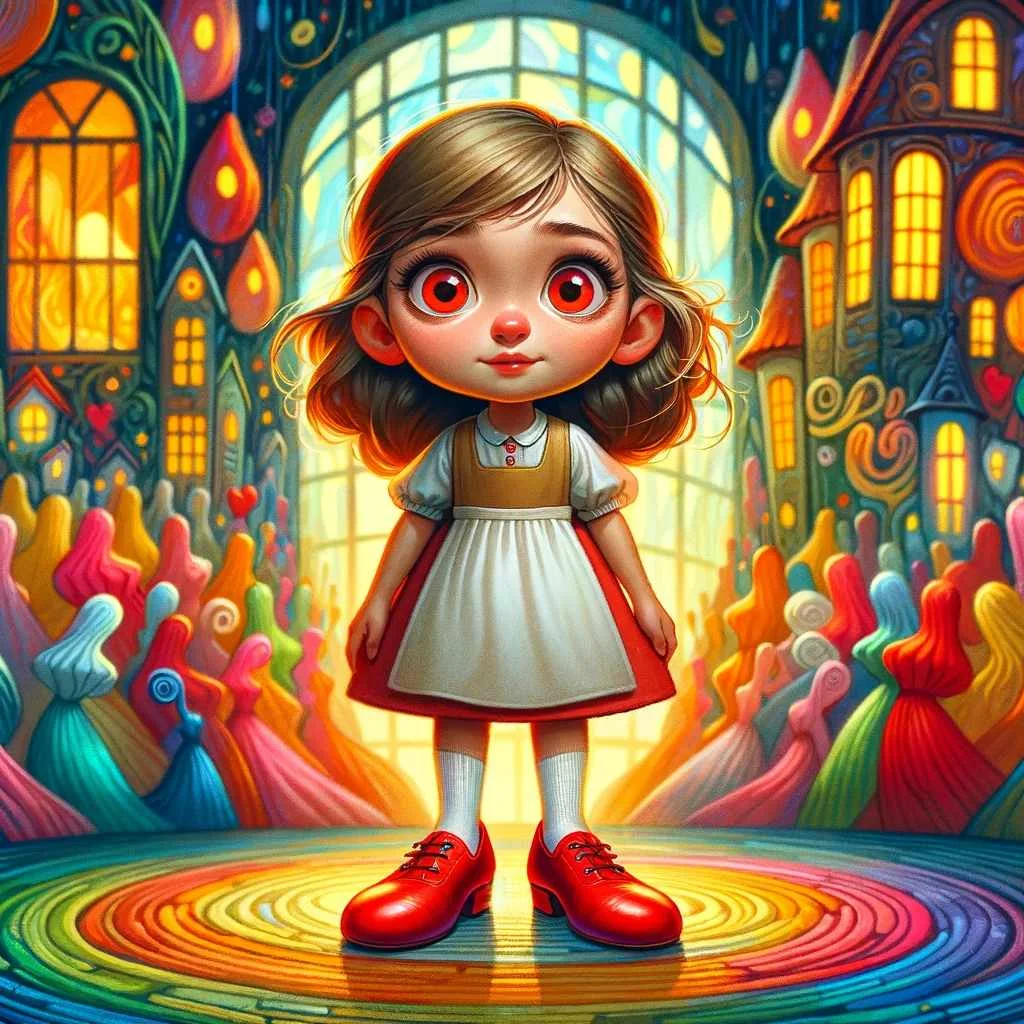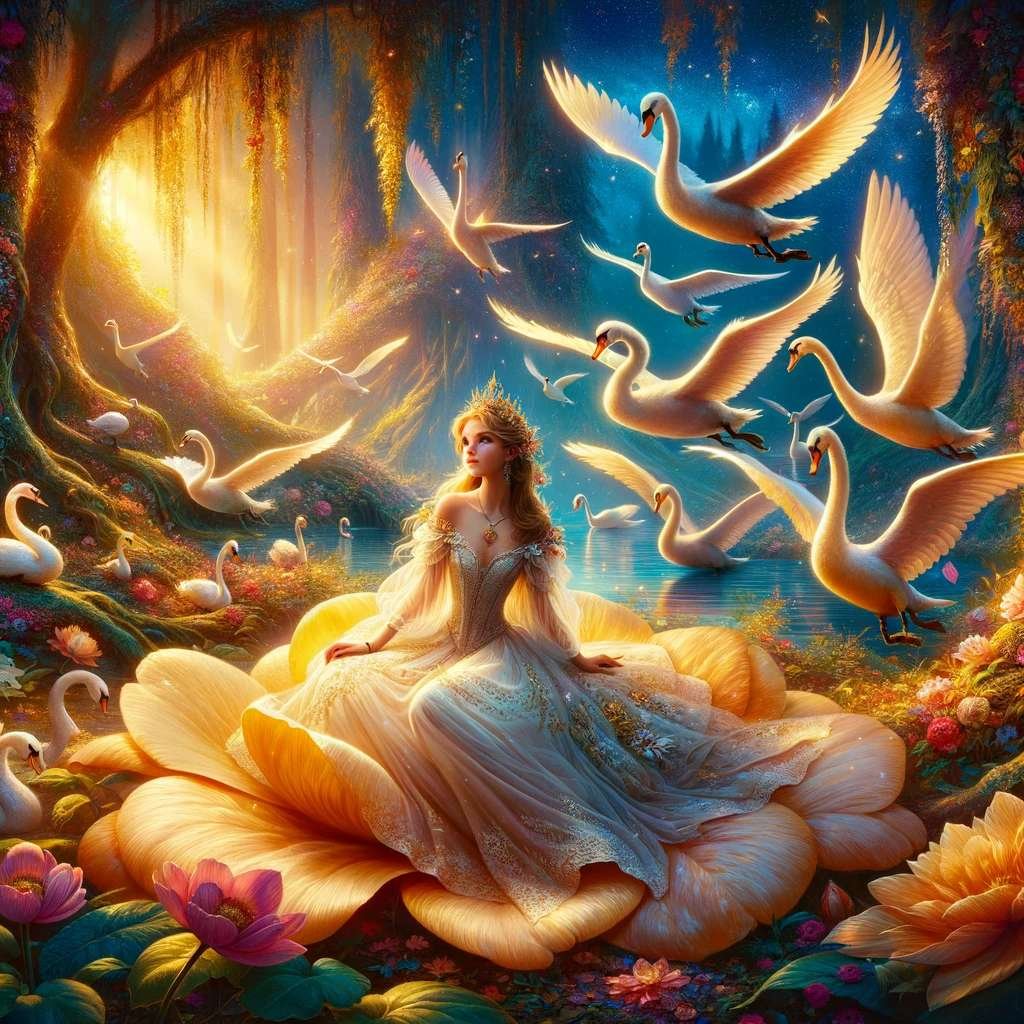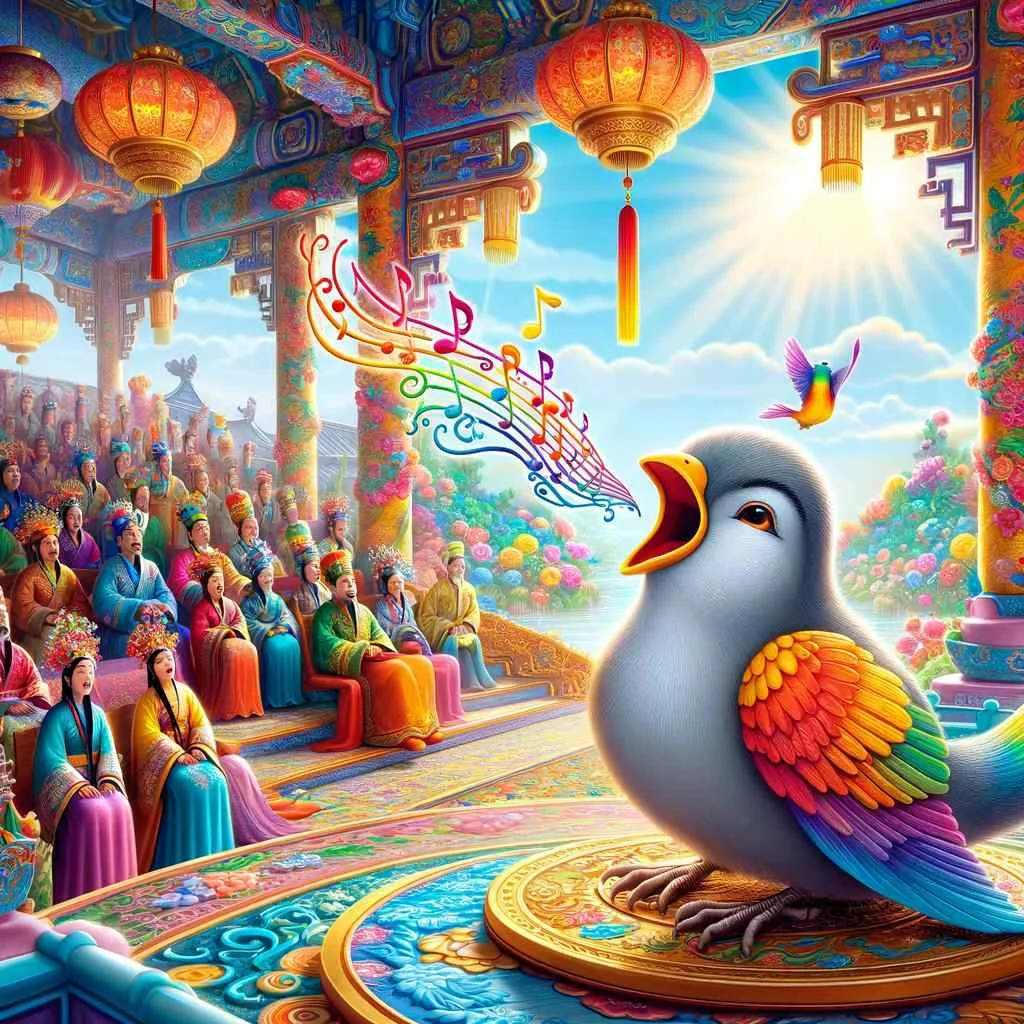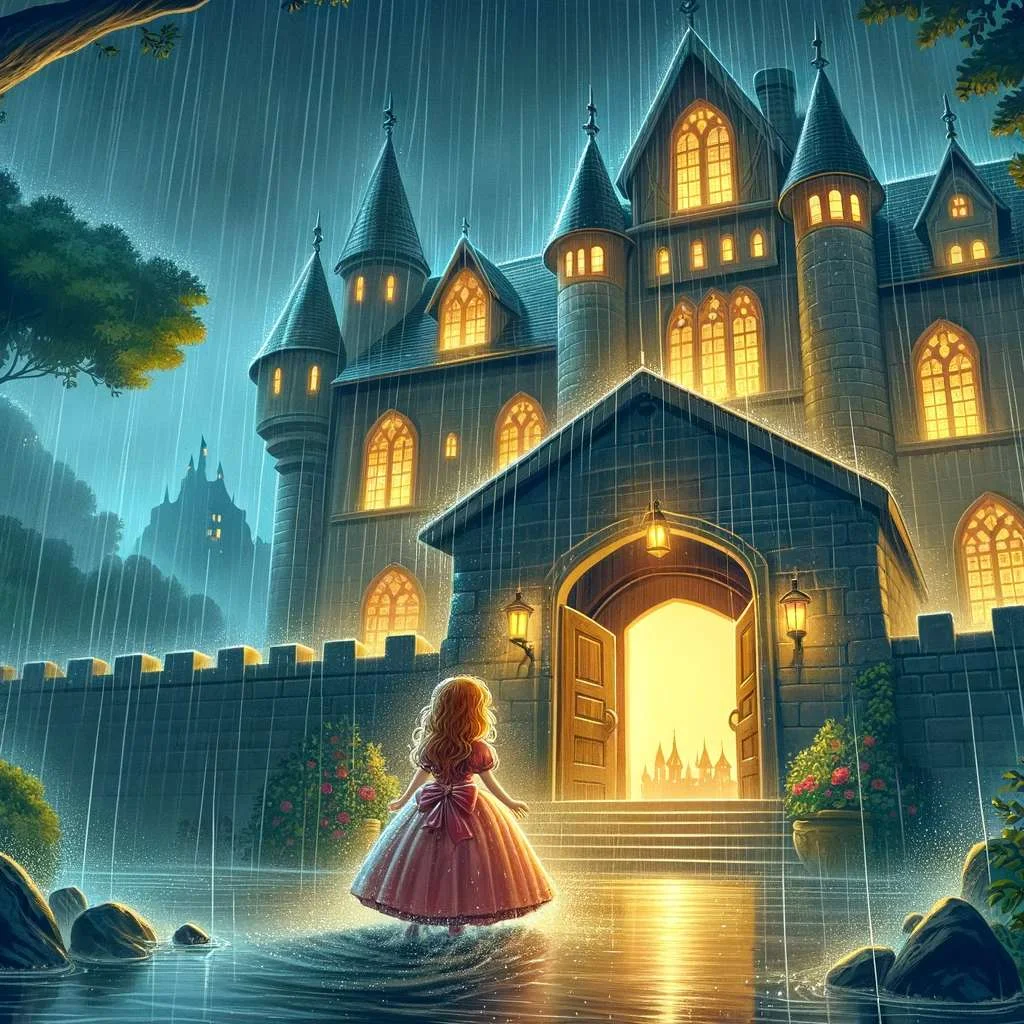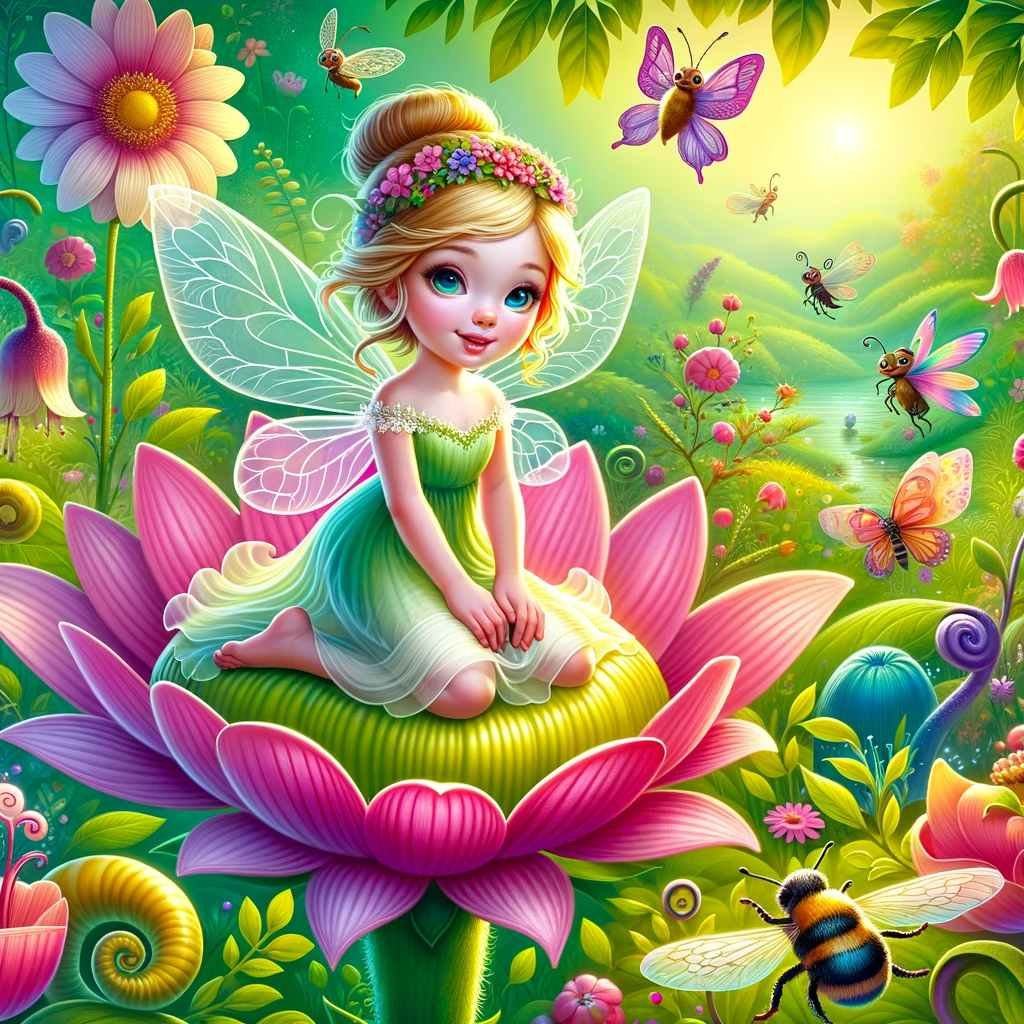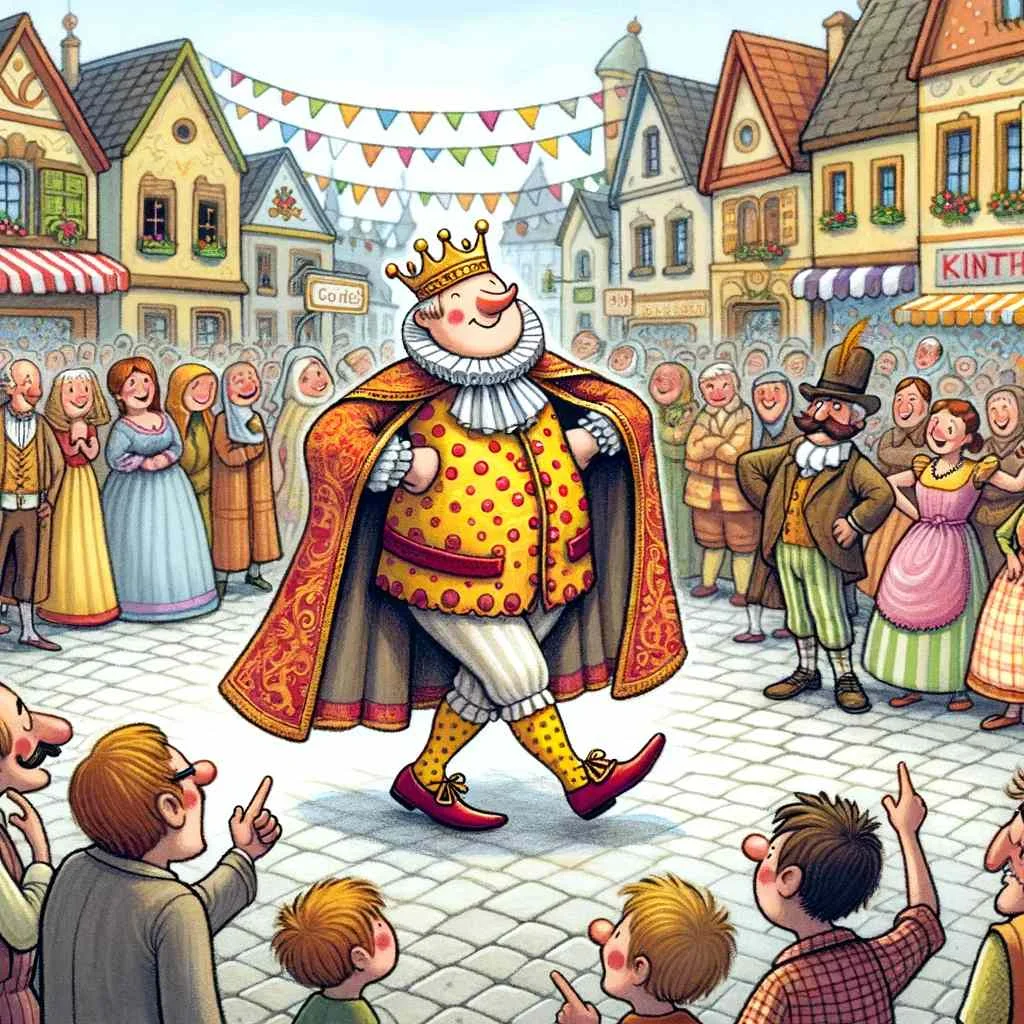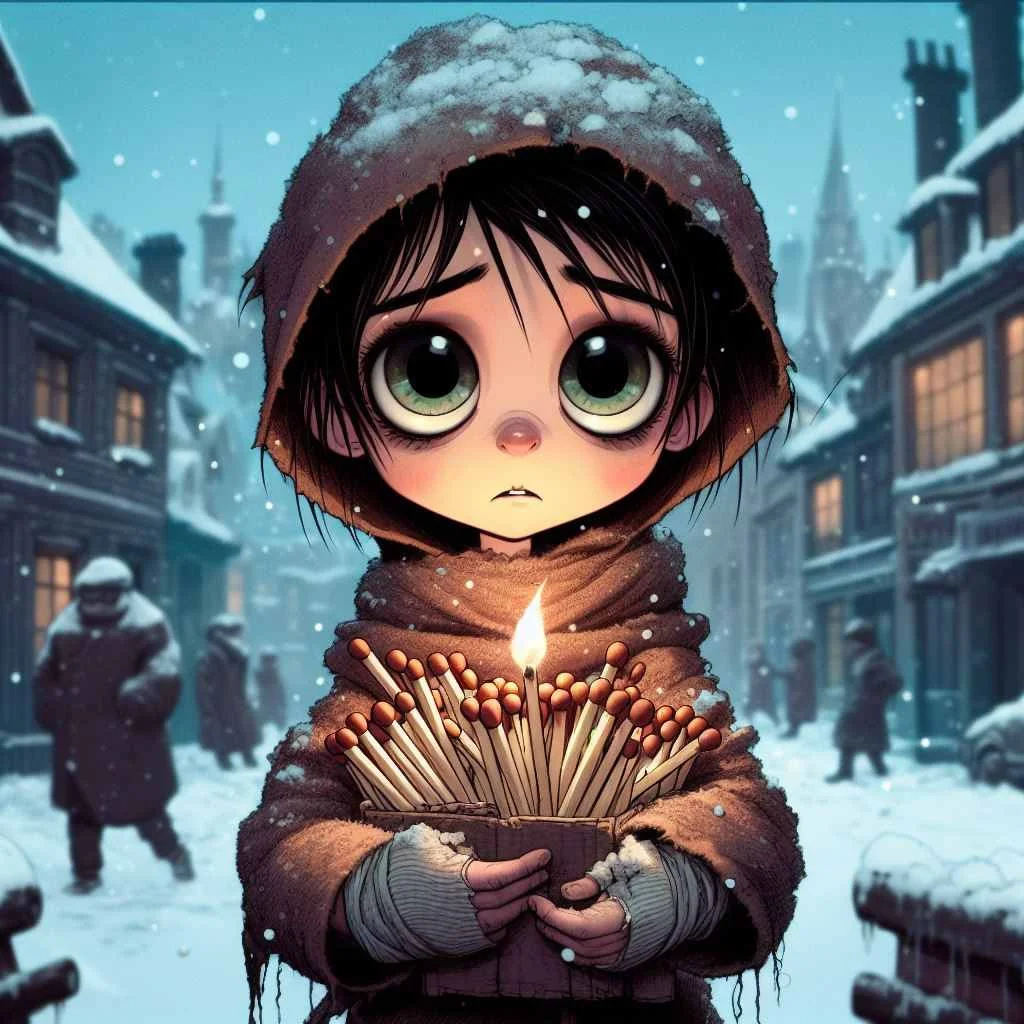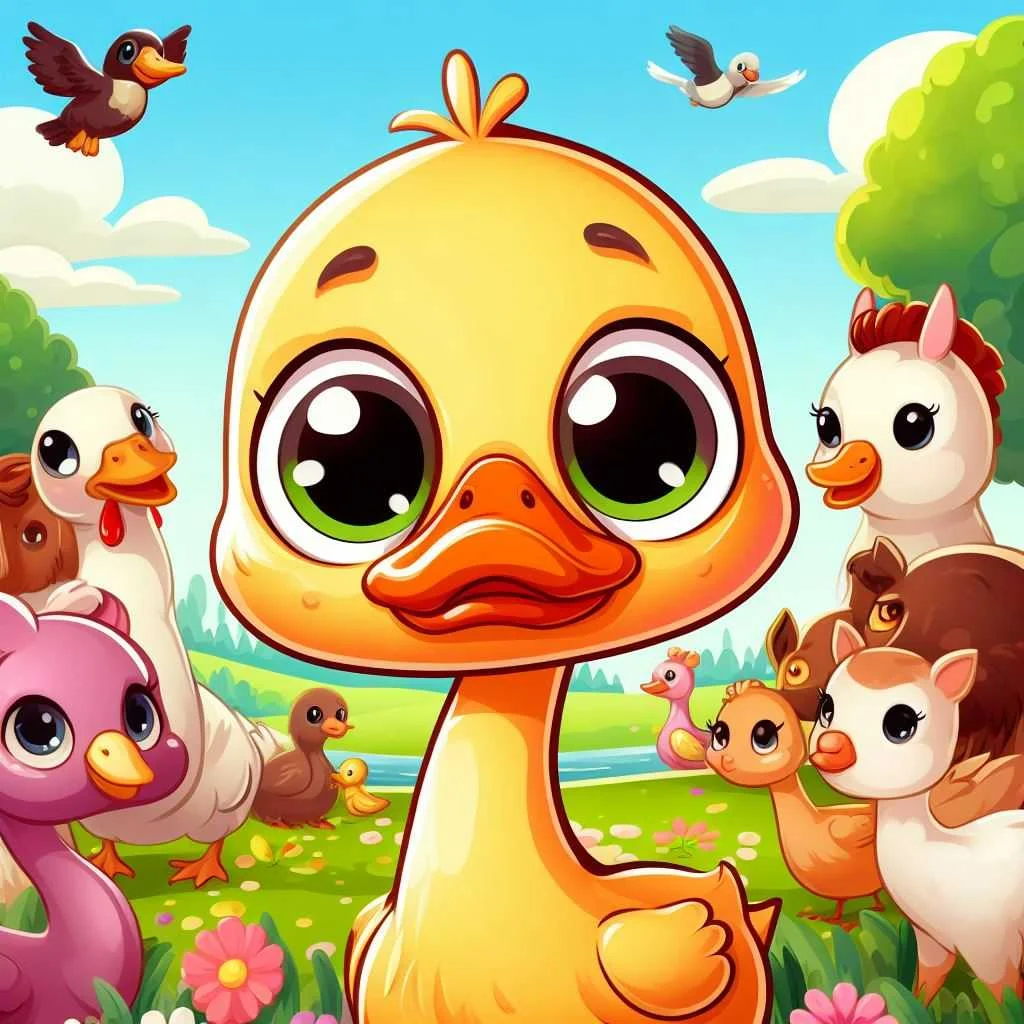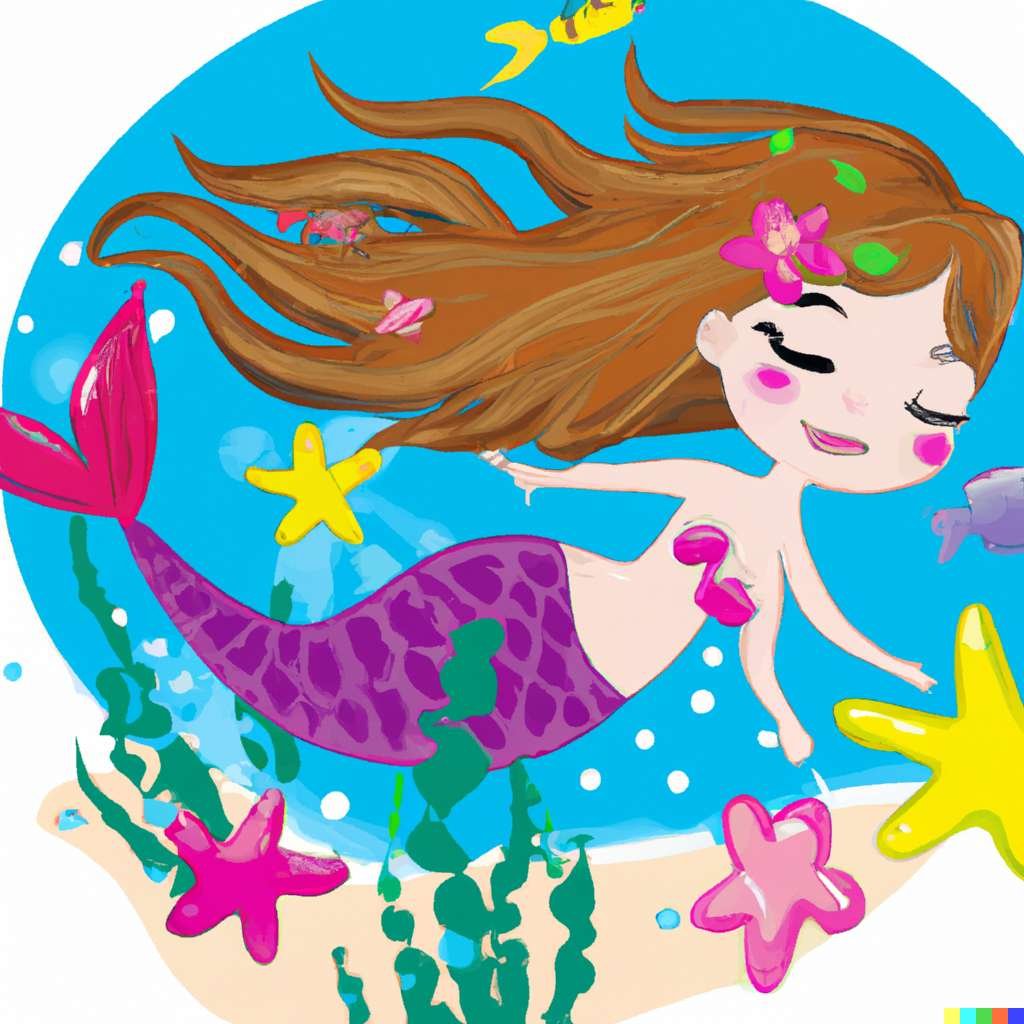Welcome to our collection of Hans Christian Andersen’s Short Stories a master storyteller whose fairy tales have enchanted readers for generations. This exclusive collection of Short fairytale Stories brings together some of Andersen’s most beloved and famous stories, each a fantasy masterpiece and a moral lesson.
Enjoy Our Hans Christian Andersen Short Stories:
The Star Money Fairy Tale
The Story of The Snowman
The Swineherd Fairy Tale
The Elfin Hill Fairy Tale
The Buckwheat Story
The Storks Short Story
The Sandman Myth A Sleep Story
The Elf of the Rose a Fairy Tale Story
The Metal Pig Short Story
The Wicked Prince Short Story
The Galoshes of Fortune Bedtime Story
The Talisman Bedtime Story
The Travelling Companion Story
Little Ida’s Flowers
The Tinder Box
The Red Shoes
The Wild Swans
The Nightingale Fairy Tale
The Steadfast Tin Soldier Bedtime Story
The Princes and The Pea
Princess Thumbelina and Cornelious
The Snow Queen
The Emperor’s New Clothes
The Little Match Girl
The Ugly Duckling
The Little Mermaid
Why Read Andersen’s Tales?
Andersen’s stories are more than just fairy tales; they are timeless narratives that speak to both children and adults alike.
They teach us about bravery, wisdom, and the power of kindness, while also providing a window into historical Danish culture. These stories are sure to ignite the imagination and inspire a lifelong love of reading.
About Hans Christian Andersen
Hans Christian Andersen, born on April 2, 1805, in Odense, Denmark, is renowned worldwide for his enchanting fairy tales. He grew up in modest circumstances; his father was a shoemaker, and his mother worked as a washerwoman. Despite these humble beginnings, Andersen’s imagination was fertile from a young age, fueled by the stories and plays his father introduced to him.
Andersen’s early life was marked by hardship and the struggle for recognition. After his father’s death in 1816, he moved to Copenhagen at the age of 14. He was seeking employment as an actor. With a beautiful soprano voice, he was accepted into the Royal Danish Theatre but his voice soon changed. Which made him look for other avenues for his creativity. He turned to writing, although success did not come easily.
In 1822, Andersen received a grant from King Frederick VI to continue his education. This opportunity led him to attend schools in Slagelse and Elsinore until 1827. Despite facing mockery and criticism from school administrators and fellow students due to his unconventional ways and ideas, Andersen persevered.
First Writings
Andersen’s early work included poems, plays, and travelogues. However, he achieved worldwide fame with his fairy tales, which he began publishing in 1835. These stories, unlike traditional fairytales that were often violent and intended for adult audiences, were written with children in mind and infused with lessons about virtue and resilience in the face of adversity. His first collection, “Eventyr, fortalte for Børn” (“Fairy Tales, Told for Children“). It included stories such as “The Tinderbox,” “The Princess and the Pea,” and “Little Ida’s Flowers.”
Andersen’s tales were not initially acclaimed in Denmark, but their popularity grew rapidly in Europe by the late 1830s. He continued to write and publish fairy tales until 1872. He is responsible for writing classics like “The Little Mermaid,” “The Ugly Duckling,” and “The Emperor’s New Clothes.”
Historical Context of Andersen’s Writings
Andersen wrote during the Danish Golden Age, a period of intense cultural and intellectual activity in Denmark. His work is reflective of the Romantic era’s emphasis on individualism and the imagination. Andersen’s fairy tales often contain elements of his own life experiences – his feelings of social isolation, struggles with identity, and the joys and sorrows of living in a rapidly changing world.
Unlike the Brothers Grimm, who collected and adapted existing folk tales, Andersen’s stories were often his creations. They are notable for their elements of fantasy, moral lessons, and appeal to both children and adults. Andersen’s tales often include themes of transformation and redemption, reflecting his belief in the potential for beauty and kindness in a world that often seemed harsh and unforgiving.
Andersen’s legacy extends beyond his fairy tales. He is also remembered for his contributions to children’s literature and for the unique style that blends fantasy with a deep understanding of human emotions. His stories continue to be beloved by readers of all ages and have been translated into numerous languages, making him one of the most read and recognized authors in the world.
Hans Christian Andersen passed away on August 4, 1875, in Copenhagen, leaving behind a legacy that continues to enchant and inspire.

